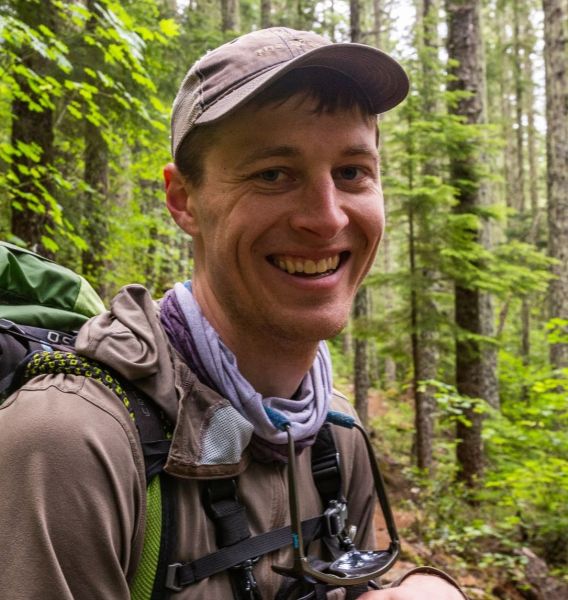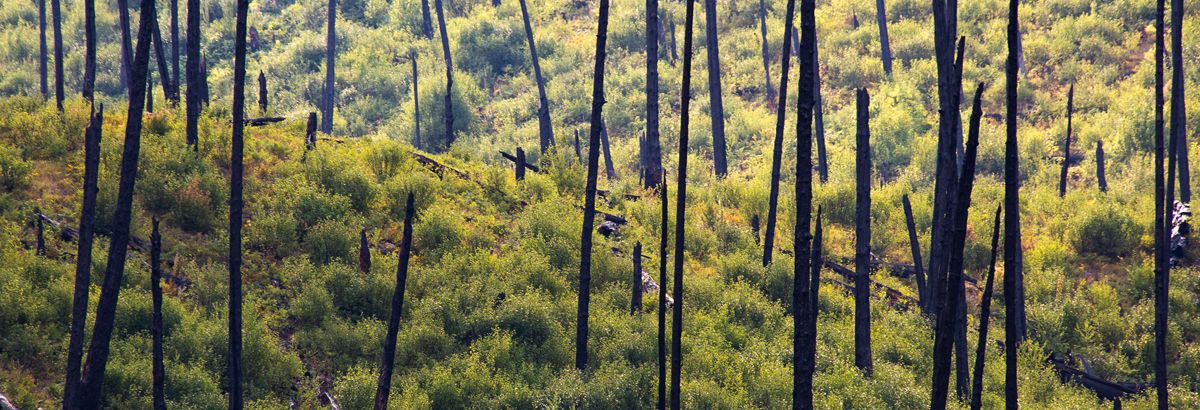老虎机攻略 IoE Graduate Student Fellows

"Genome Evolution and Transmission of an Emerging Nitrogen-Fixing Organelle"
Abstract: Tight-knit endosymbiotic relationships are integrated across genetic, metabolic, and cellular levels. To understand the mechanisms driving this integration, I study diatoms in the family Rhopalodiaceae, which have nitrogen-fixing cyanobacterial endosymbionts called spheroid bodies (SBs). Here, I focus on sequencing a wide range of SB and host genomes to understand SB genetic and metabolic capacity and test for strict vertical inheritance of SBs.
Program of Study: Ecology and Evolution; Advisor: Dr. Scott Miller; Thesis Topic: Integration and Coevolution of a Nitrogen-Fixing Endosymbiont in the Diatom Family Rhopalodiaceae; Expected Graduation Spring 2026. Visit Abresch's to learn more about her work with diatoms, microbial ecology, and "evolutionary gray areas."

"Post-fire climate impacts on long-term forest development"
Abstract: Increasing high-severity fire and hot, dry climate in the western U.S. are prompting concern whether reduced post-fire tree regeneration will cause permanent ecosystem shifts to non-forest. Using a fire-prone Northern Rockies wilderness area, I am investigating how post-fire climate (0-5 years) influences long-term forest development (80+ years). This work extends timescales of existing research, helping us understand how climate change may impact western U.S. forests.
Program of Study: Forest & Conservation Sciences; Advisor: Dr. Andrew J. Larson; Thesis Topic: Post-fire climate impacts on long-term forest development; Expected Graduation Spring 2024. In addition to his work in ecology and conservation, Kreider is also an accomplished photographer and musician. View samples of his photographic work on his website.

"Rangeland soil seed bank dynamics: Understanding how soil properties and land management strategies influence seed bank suitability and pathways for ecosystem restoration"
Abstract: Soil seedbanks – the living seeds in the soil profile and on the soil surface – are important components of rangeland community ecology and assembly. Understanding seed-soil-plant relationships and interactions with ecological restoration treatments can help predict ecosystem vegetation trajectories to help invest resources strategically into rangelands for their restoration and conservation.
